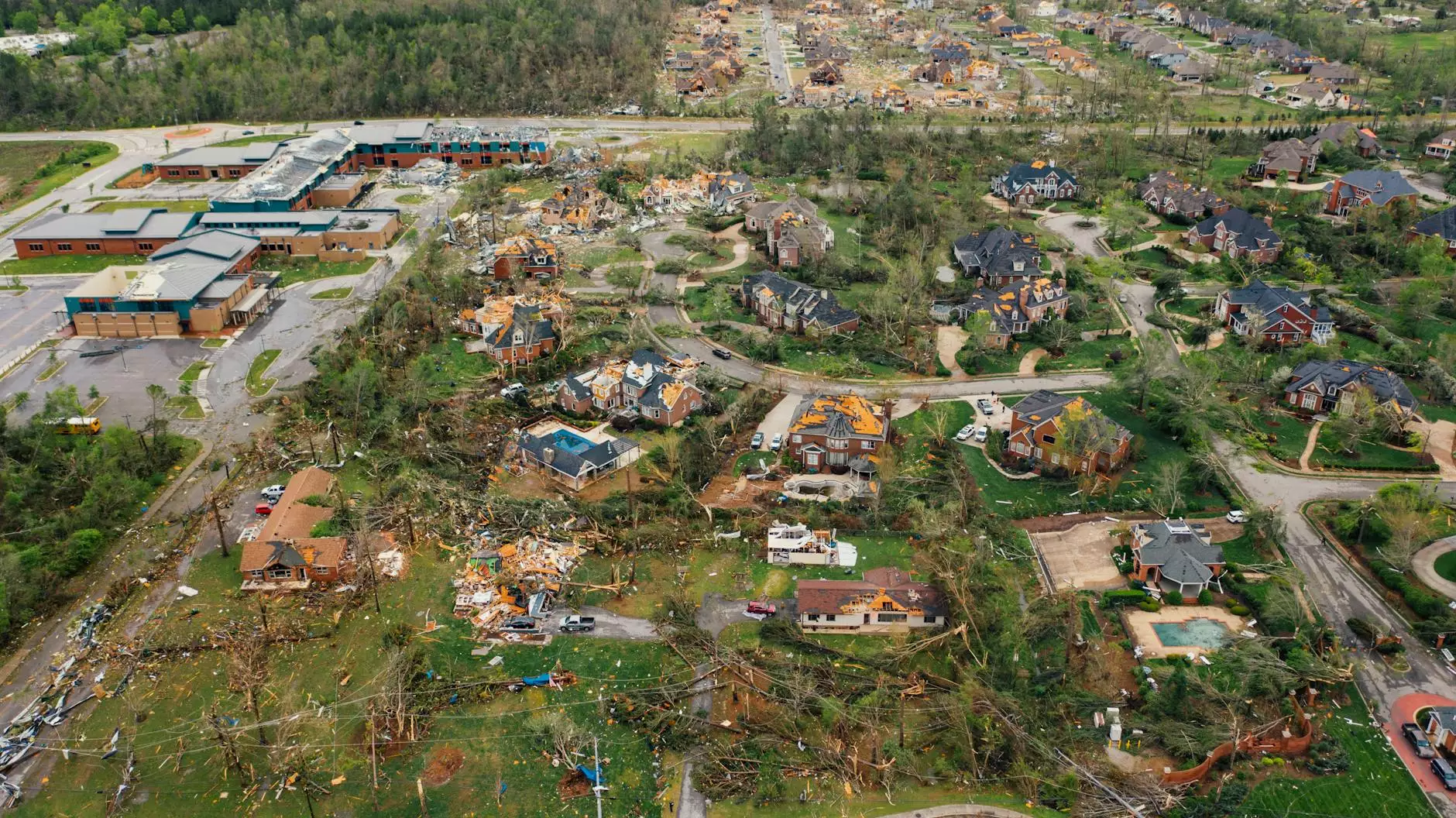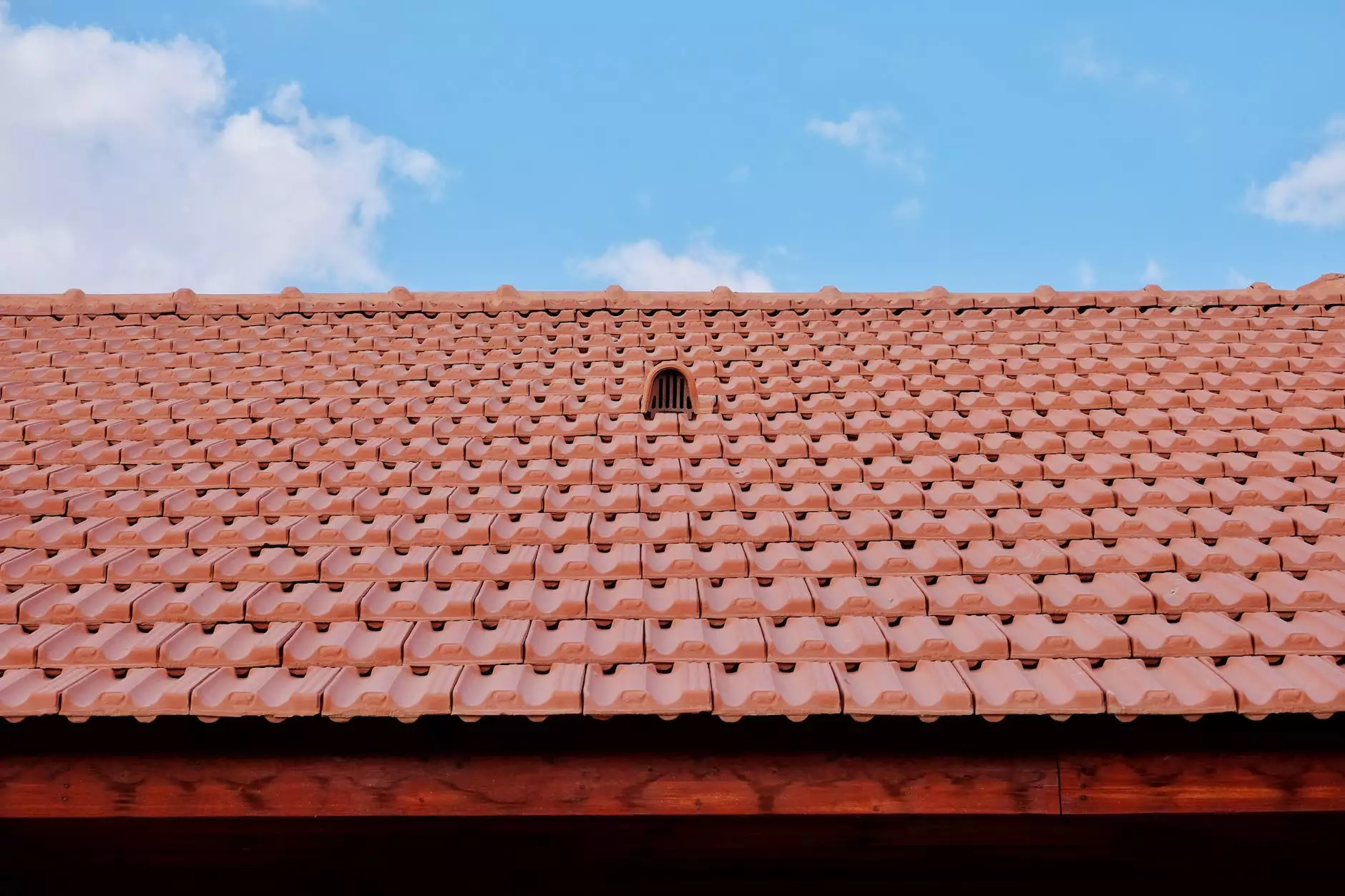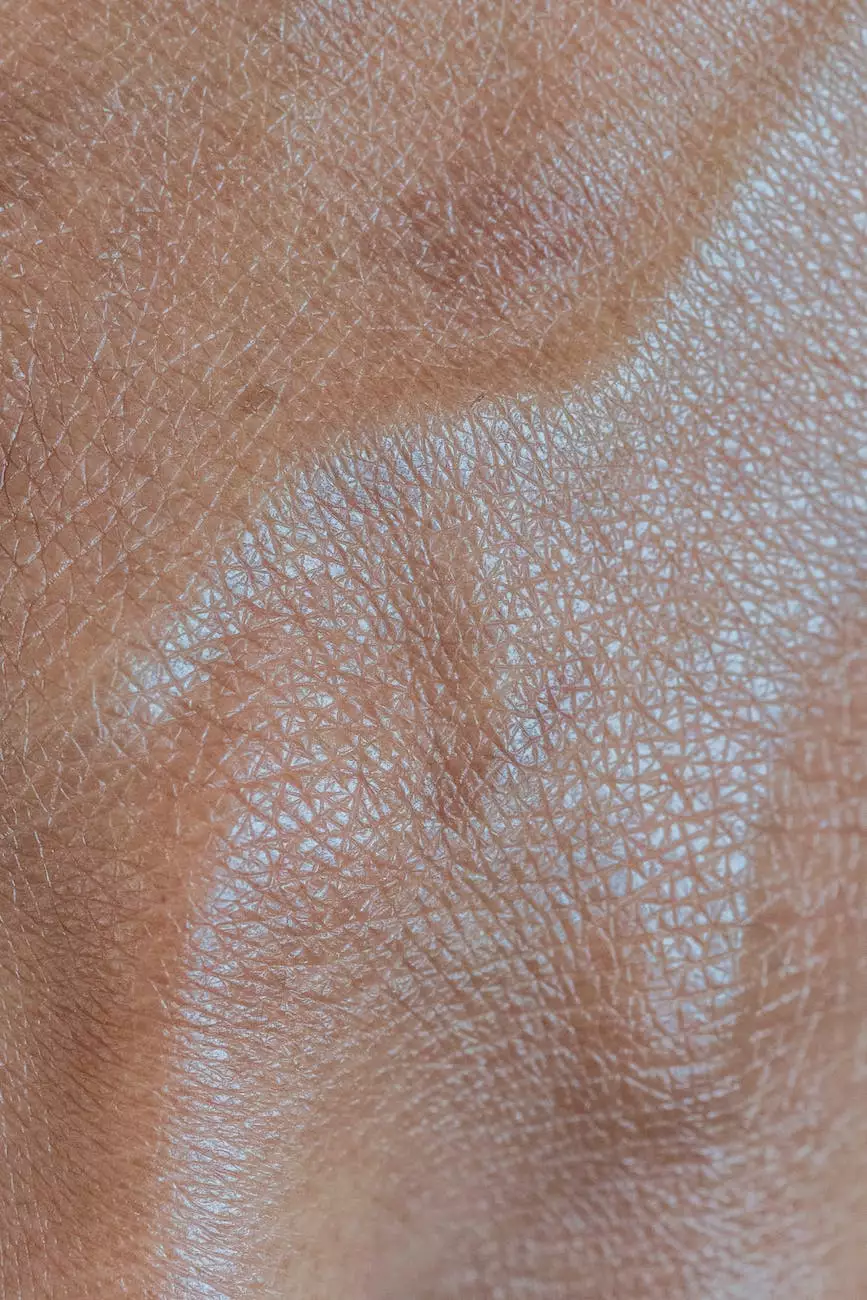7 Ways To Spot Wind Damage To Your Roof
Roofing Issues
Introduction
Welcome to Glass Works Of Texas, your trusted source for all things related to home and garden. In this article, we will provide you with 7 practical ways to spot wind damage to your roof. Wind damage can potentially cause serious issues if left unnoticed or untreated. By following these tips, you can identify and address any damage effectively, ensuring the longevity and safety of your roof.
1. Inspect Shingles
Start your assessment by examining your shingles. Look for any signs of lifting, curling, cracking, or missing shingles. Wind can easily loosen or tear shingles, exposing your roof to potential leaks. If you notice any abnormalities, it is vital to have them repaired or replaced as soon as possible to prevent further damage.
2. Check Flashing and Sealant
Flashing and sealants are crucial components of your roof's protection against wind and water. Inspect the flashing around chimneys, vents, skylights, and other roof penetrations, ensuring they are securely fastened. Look for any signs of damage, such as cracks, gaps, or missing sealant. Properly functioning flashing and sealants are essential to maintaining a watertight roof.
3. Examine Gutters and Downspouts
Wind damage can cause debris, such as branches and leaves, to accumulate in your gutters and downspouts. Clogged gutters can lead to water pooling and potential roof leaks. Regularly clean your gutters and downspouts to prevent any damage caused by wind-blown debris. Additionally, ensure that the gutters are secure and properly attached to the roofline.
4. Look for Soffit and Fascia Damage
The soffit and fascia are located under the eaves of your roof and play a crucial role in protecting your home from wind damage. Inspect them for any signs of cracking, warping, or rot. Damaged soffit and fascia can make it easier for wind to enter your attic, leading to potential structural issues. If you notice any damage, it is recommended to have them repaired promptly.
5. Check for Granule Loss
Granules on shingles provide protection against the sun's UV rays and help with water shedding. High winds can cause granule loss, leading to premature aging of your roof and potential leaks. Inspect your gutters and downspouts for excessive granules, or look for discoloration and bare spots on the shingles themselves. If you notice a significant loss of granules, consider having a professional assess the condition of your roof.
6. Assess Tree Damage
Inspect the trees surrounding your home for any signs of damage or overhanging branches. Strong winds can cause branches to break or fall onto your roof, causing severe harm. Trim any branches that pose a potential threat to your roof's integrity. It is also important to consider the overall health and stability of trees near your house as they can become hazardous during storms.
7. Consult a Professional
If you are unsure or unable to identify any potential wind damage to your roof, it is always advisable to consult a professional roofing contractor. They have the expertise and experience to thoroughly inspect your roof and provide the necessary repairs or replacements if needed. Addressing any issues promptly can save you from costly repairs in the future.
Conclusion
Protecting your roof from wind damage is essential for the overall well-being of your home. By following these 7 ways to spot wind damage, you can stay proactive in preserving the integrity of your roof. Remember, prevention is key, and early detection of wind damage can save you from significant headaches and expenses down the line. Glass Works Of Texas is dedicated to ensuring your roof remains in top condition, offering comprehensive solutions for wind damage and other roofing needs. Contact us today to schedule a professional inspection and maintenance service for your roof.










